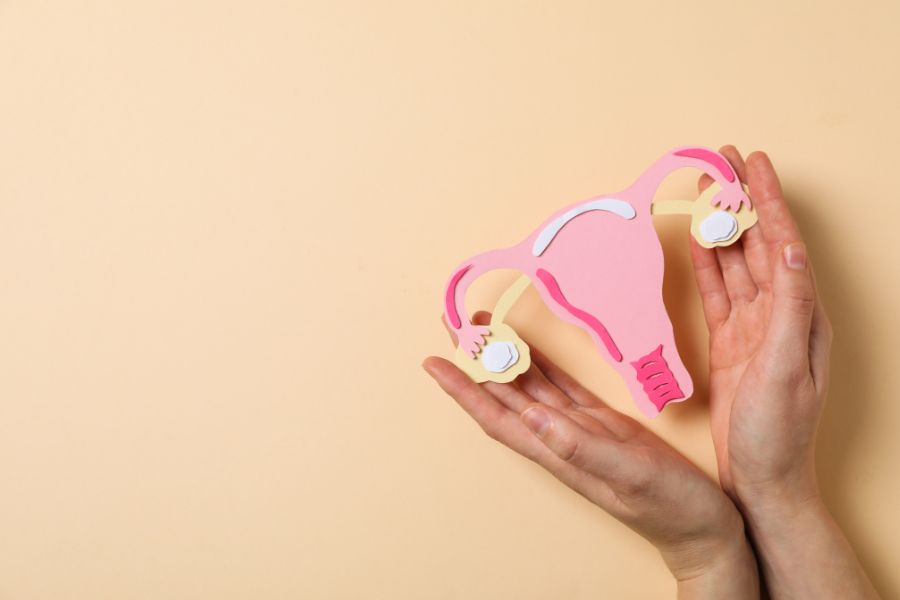
By Dr Jana Pittman
Women’s Health Week is a significant time that celebrates and promotes the health and wellbeing of women, girls, and gender-diverse people. It’s a bold reminder for us to prioritise our health and take proactive steps towards understanding our bodies, inside and out.
An amazing part of this week is the ‘Know your body’ day, which emphasises the importance of really being familiar with what is ‘normal’ and abnormal with your body, particularly when it comes to your periods!
I have lost count of how often I have sat with a friend or patient with heavy periods who shrug it off as normal: ‘my mum was the same’ or ‘it’s always been like that’. It only takes a shallow dive into their history to find they are leaking through pads, bleeding onto clothes, changing their tampons hourly or having cycles that last 10 days. So often they report missing sport, work or social engagements too. But the reality is that this is far from normal.
So, it is crucial that this Women’s Health Week, we get down and intimate with our own bodies. Explore your breasts, find your cervix and track your cycles’ length and regularity. Why? Because this is the way we can see if anything isn’t quite right or notice if something changes, which could signal an underlying health issue.
When it comes to period health, there are several innovations like period undies and the amazing Hey Zomi’ menstrual disc. These environmentally friendly options are empowering us to take control of our period health. A disc like Hey Zomi also has the bonus of being able to observe the colour, consistency, and volume of your flow. You can then easily see if things change, not to mention it holds four tampons worth of blood! Understanding what constitutes a healthy menstrual cycle is vital in recognising when to seek medical advice.
I love recommending Hey Zomi to all people who have periods to monitor your flow, reduce the number of times you need to change, and the number of leaks. However, occasionally there is concern about where to put it. Well yet again… get to know your body, more importantly your cervix!
So let’s explore: start by finding a comfortable and private space where you feel relaxed, either lie back or sit on a chair. Using clean hands, gently insert a finger into the vagina and feel for the cervix, which is located at the end of your vaginal canal.
The cervix feels like a round relatively solid tube or bump, quite like the end of your nose. For most women, it is about a finger length inside the vagina, but this will change with age and postpartum (after babies). Get acquainted with its position, texture, and shape, which can vary throughout the menstrual cycle. It's normal for the cervix to change in response to hormonal fluctuations, becoming higher, softer, and more open during ovulation, and lower and firmer at other times. By tracking these changes, you can gain valuable insights into your menstrual cycle and overall reproductive health. However, if you experience any pain (called cervical excitation) or bleeding after examining yourself or during intercourse, you need to see your doctor. It could be an issue with infection or changes in the cells of your cervix. Of course, ladies keep up to date with your cervical screening test (aka the old pap smear).
While you are examining your vagina, you can feel for other lumps, bulges and bumps too. Postpartum or as you approach menopause, your vaginal walls might change and if this concerns you, go see your doctor for a check-up.
Overall, Women’s Health Week serves as a reminder to prioritise our incredible bodies. So be brave, explore your own body and be an advocate for yourself. Give Hey Zomi menstrual discs a go and embark on a journey towards better menstrual and overall health.










